Sumptuous Renaissance manuscript in Spanish with fine portrait of King Philip II of Spain [1562]
£0.00
Out of stock
Carta Executoria, granted by King Philip II of Spain, for Pedro de Segovia, with a fine contemporary portrait of the monarch, Renaissance manuscript in Spanish, on parchment [Spain (Granada), dated 6 February 1562]
99 leaves (plus an endleaf at front), complete, collation: i22, ii46, iii31 (last three leaves blank cancels), ruled in red for single column of 34 lines of a formal Spanish vernacular hand, with ornamental penwork cadels to uppermost and lowermost lines, opening words of each section in ornamental capitals, initials in gold on burgundy grounds heightened with white scrolling acanthus leaves, one large historiated initial (14-lines in height) in gold foliate forms with a Classical dolphin at its foot and a human face on the outer edge of the bowl of the letter, enclosing a portrait of the monarch in ornamental gilt armour holding an orb and casually resting a sword on his shoulder, all on burgundy grounds decorated with clusters of white dots, four full-page miniatures profusely illuminated (arranged in two sets of facing pages at opening of volume), marginal ink-drawing on fol. 27v (perhaps Cain killing Abel with the jawbone of an ass), numerus contemporary endorsements at end filling up originally blank space there, slight cockling throughout, trimmed at top removing tips of some penwork cadels there, else excellent condition, 315 by 225mm.; contemporary binding of red velvet over pasteboards (composed of near-contemporary manuscript and printed waste), red silk pastedowns, boards bumped in places, velvet rubbed and with holes at extremities and spine
Provenance:
- In the same anonymous, and perhaps French, nineteenth-century collection as the Milanese Breviary of the fifteenth century now Morgan Library and Museum, M.209-210, a printed Franciscus de Retza, De generatione Christi, Speyer, Johann and Konrad Hist, 1484, once in the Ritman library and an etching of Vincent van Gogh, L’Homme à la Pipe, now in the BnF. in Paris. These all with a red ink stamp of ‘ct’ followed by a cross, all within a circle (recorded as Lugt 642d). Both the Morgan manuscript and the etching were subsequently in the collection of P.F. Gachet (1828-1909), a Parisian doctor who treated van Gogh in his last weeks.
- Sotheby’s, 4 December 2018, lot 178, for £9375, to Martin Schøyen, his MS. 5606, thereafter kept in his London library.
Illumination:
This is a sublime example of a Carta Executoria. The quality of the art of such commissions seems to have been set by the patron’s standing and the amount of money they were prepared to put into the commission, and the artist here ranked among the highest of his peers. There are four full-page miniatures in a Mannerist style, and a portrait of the monarch as a grown man (Philip was 35 when this document was issued) that almost stands alone as a portrait of a reigning Renaissance monarch by an artist who knew him well. It is the ruler portrait here that suggests this artist did not only produce volumes such as these, and its level of detail (capturing his ‘Hapsburg chin’) suggests the artist saw the monarch often. The presence of the monarch’s shadow on the wall behind him – a feature of art quite new in the Renaissance – shows that he was at the forefront of artistic innovation. Importantly, this image is not taken from any portrait of Philip II known to us (but is close to his lost portrait of 1560, for which see the copies of it in the Royal Museums at Greenwich, BHC 2951, and the Lazaro Galdiano Museum in Madrid; as well as his portrait by Titian painted in 1551 just before his marriage to Mary I of England), and may well be the artist’s own study.
The subjects of the four full-page miniatures are: the Annunciation to the Virgin, facing the Adoration of the Shepherds (fols. 2v-3r), and St. James Conquering the Moors, facing the arms of Pedro of Segovia within an architectural frame surrounded by sprays of coloured acanthus leaves (fols. 3v-4r), all within borders of stylised blue, green and pink foliage on dull gold grounds with human faces at some of their corners and gilt inscriptions “Ihesus Maria / Don Filippe por / la gracia de dios / rey de Castilla / de Leon, de Aragon / de las dos / Secilias” set within coloured architectural frames.
The arms themselves have their own inscription in gold on black grounds: “Arma d’ pedro d’ segouia”. The pages with St. James fighting the Moors and the Segovia arms (with their inscription in gold on black) are near-identical in composition and style to those of another Carta Executoria produced in Valladolid in 1576, and once in the Maurice Burrus collection (sold by Christie’s, 25 May 2016, lot 32), and the two may be by the same hand. However, the ruler portrait there is simpler and more generic.
Be the first to review “Sumptuous Renaissance manuscript in Spanish with fine portrait of King Philip II of Spain [1562]” Cancel reply
Product Enquiry
Related products
C14th -C16th manuscripts
Single leaf from the so-called ‘Carondelet Breviary’ 1458 from the scribe Jean d’Aussert
C14th -C16th manuscripts
Partial bifolium C15th from Breviary, Germany, with later annotations.
C14th -C16th manuscripts
C14th -C16th manuscripts
Finely produced illuminated leaf from a French Psalter, c.1480
C14th -C16th manuscripts
Illuminated inital 1500 huge leaf on vellum, from Siena or Florence.
C14th -C16th manuscripts
C14th -C16th manuscripts
‘Exquisite Roman hand’; a humanist Psalter c.1460 by Pietro Ursuleo of Capuo in Latin.
C14th -C16th manuscripts
A C14th cutting from a Noted Breviary with music on a 4-line stave arranged around a red clef line
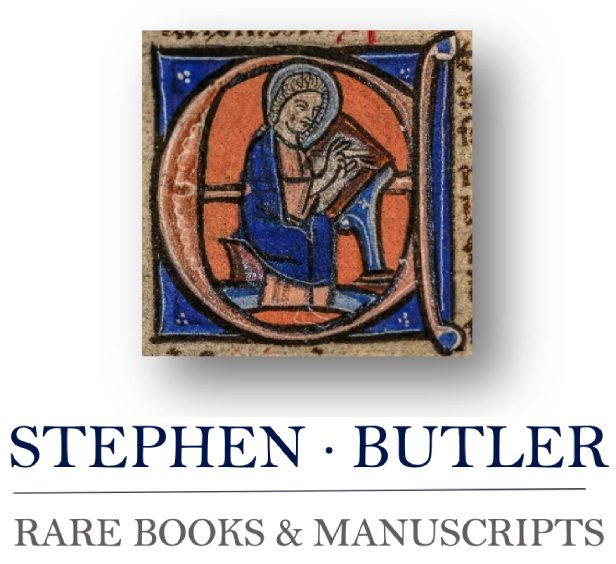
![Sumptuous Renaissance manuscript in Spanish with fine portrait of King Philip II of Spain [1562] Sumptuous Renaissance manuscript in Spanish with fine portrait of King Philip II of Spain [1562]](https://butlerrarebooks.co.uk/wp-content/uploads/2024/01/2E2A0230-2-cut-out.jpg)
![Sumptuous Renaissance manuscript in Spanish with fine portrait of King Philip II of Spain [1562] Sumptuous Renaissance manuscript in Spanish with fine portrait of King Philip II of Spain [1562]](https://butlerrarebooks.co.uk/wp-content/uploads/2024/01/2E2A0225-cut-out.jpg)
![Sumptuous Renaissance manuscript in Spanish with fine portrait of King Philip II of Spain [1562] Sumptuous Renaissance manuscript in Spanish with fine portrait of King Philip II of Spain [1562]](https://butlerrarebooks.co.uk/wp-content/uploads/2024/01/2E2A0228-cut-out.jpg)
![Sumptuous Renaissance manuscript in Spanish with fine portrait of King Philip II of Spain [1562] Sumptuous Renaissance manuscript in Spanish with fine portrait of King Philip II of Spain [1562]](https://butlerrarebooks.co.uk/wp-content/uploads/2024/01/2E2A0232-cut-out.jpg)
![Sumptuous Renaissance manuscript in Spanish with fine portrait of King Philip II of Spain [1562] Sumptuous Renaissance manuscript in Spanish with fine portrait of King Philip II of Spain [1562]](https://butlerrarebooks.co.uk/wp-content/uploads/2024/01/2E2A0233-cut-out.jpg)
![Sumptuous Renaissance manuscript in Spanish with fine portrait of King Philip II of Spain [1562] Sumptuous Renaissance manuscript in Spanish with fine portrait of King Philip II of Spain [1562]](https://butlerrarebooks.co.uk/wp-content/uploads/2024/01/2E2A0234-cut-out.jpg)
![Sumptuous Renaissance manuscript in Spanish with fine portrait of King Philip II of Spain [1562] Sumptuous Renaissance manuscript in Spanish with fine portrait of King Philip II of Spain [1562]](https://butlerrarebooks.co.uk/wp-content/uploads/2024/01/2E2A0235-cut-out.jpg)
![Sumptuous Renaissance manuscript in Spanish with fine portrait of King Philip II of Spain [1562] Sumptuous Renaissance manuscript in Spanish with fine portrait of King Philip II of Spain [1562]](https://butlerrarebooks.co.uk/wp-content/uploads/2024/01/2E2A0239-cut-out.jpg)
![Sumptuous Renaissance manuscript in Spanish with fine portrait of King Philip II of Spain [1562] Sumptuous Renaissance manuscript in Spanish with fine portrait of King Philip II of Spain [1562]](https://butlerrarebooks.co.uk/wp-content/uploads/2024/01/2E2A0240-cut-out.jpg)
![Sumptuous Renaissance manuscript in Spanish with fine portrait of King Philip II of Spain [1562] Sumptuous Renaissance manuscript in Spanish with fine portrait of King Philip II of Spain [1562]](https://butlerrarebooks.co.uk/wp-content/uploads/2024/01/2E2A0242-cut-out.jpg)
![Sumptuous Renaissance manuscript in Spanish with fine portrait of King Philip II of Spain [1562] Sumptuous Renaissance manuscript in Spanish with fine portrait of King Philip II of Spain [1562]](https://butlerrarebooks.co.uk/wp-content/uploads/2024/01/2E2A0244-cut-out.jpg)
![Sumptuous Renaissance manuscript in Spanish with fine portrait of King Philip II of Spain [1562] Sumptuous Renaissance manuscript in Spanish with fine portrait of King Philip II of Spain [1562]](https://butlerrarebooks.co.uk/wp-content/uploads/2024/01/2E2A0245-cutout.jpg)
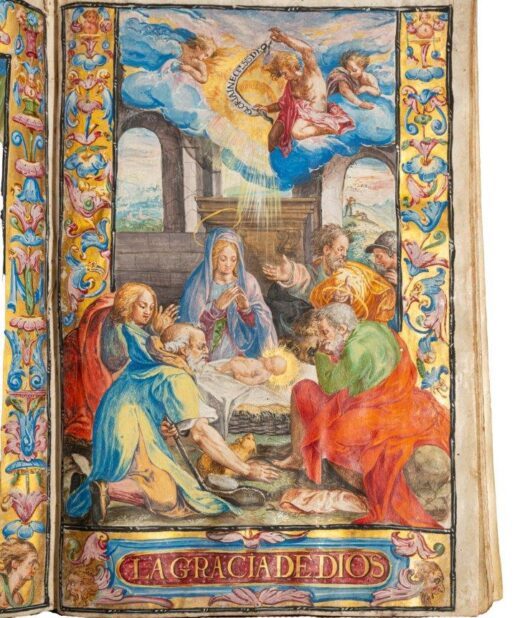
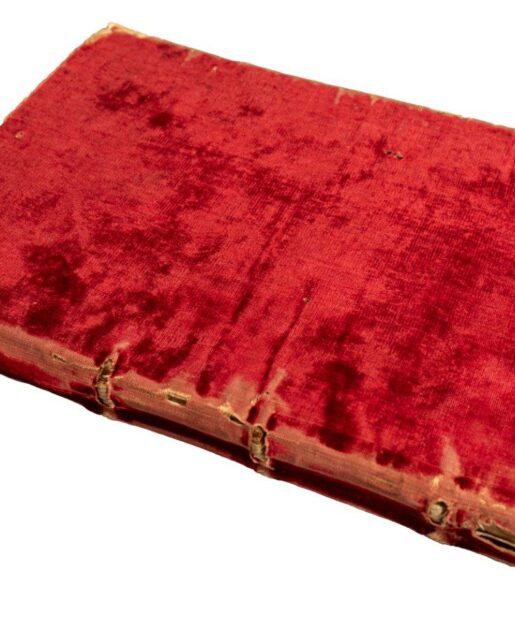
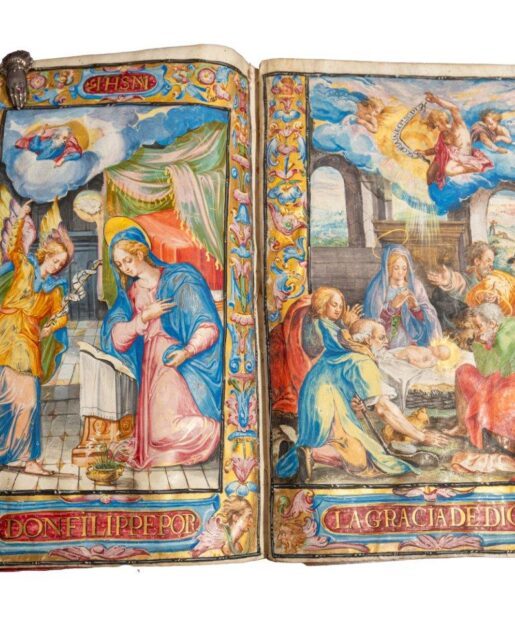
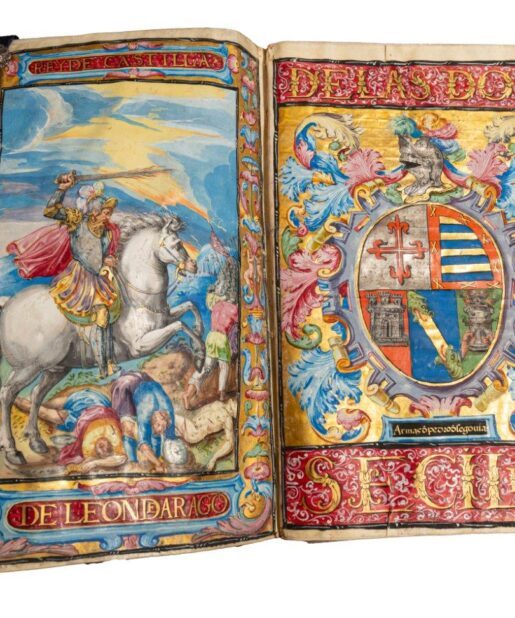
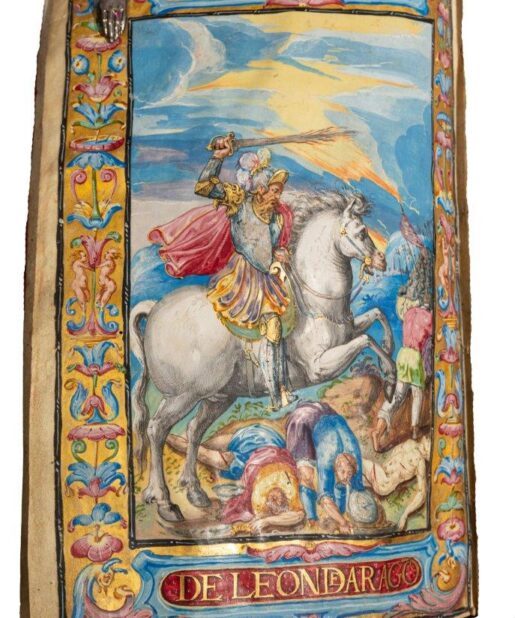
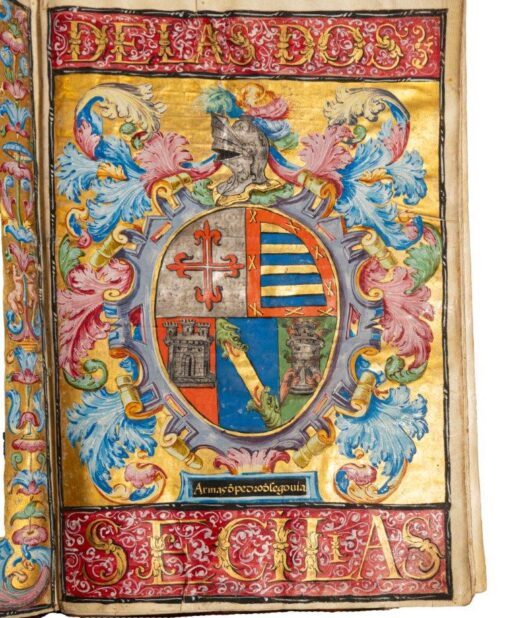

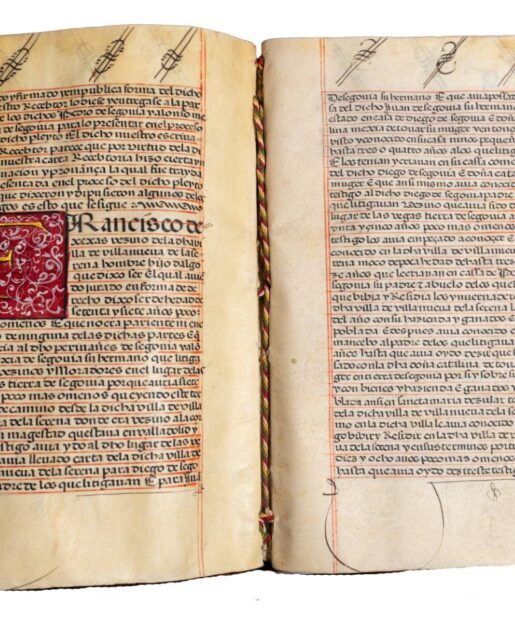
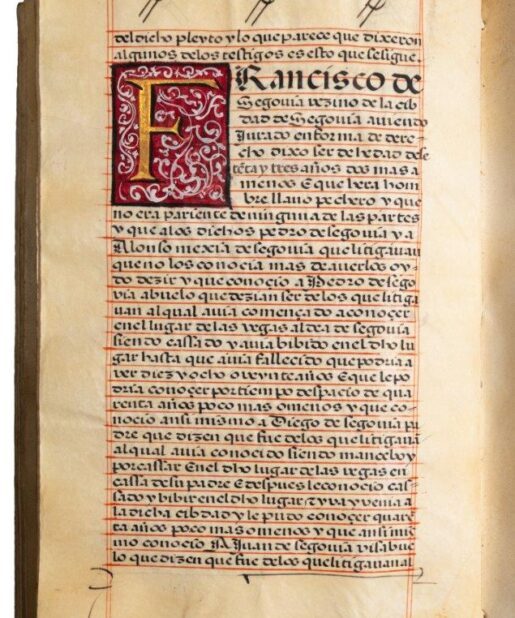
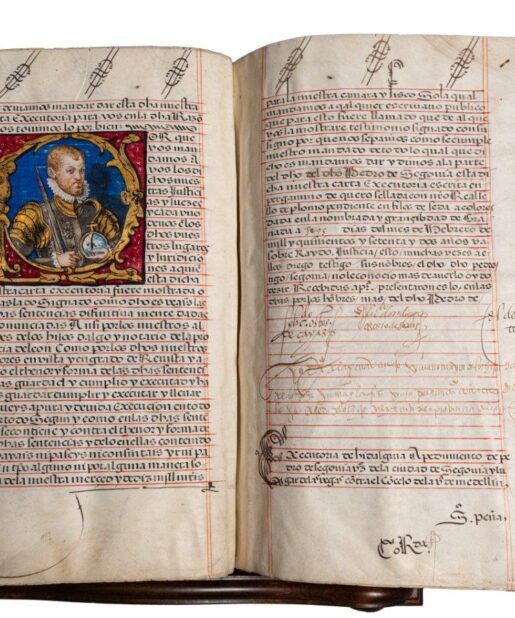

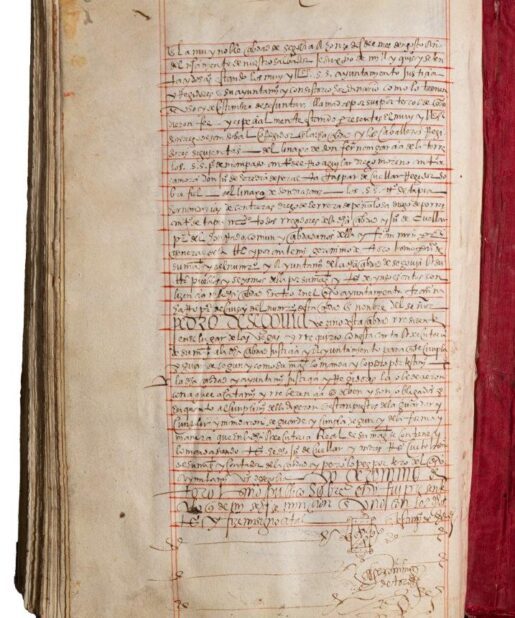
![Sumptuous Renaissance manuscript in Spanish with fine portrait of King Philip II of Spain [1562] Sumptuous Renaissance manuscript in Spanish with fine portrait of King Philip II of Spain [1562]](https://butlerrarebooks.co.uk/wp-content/uploads/2024/02/IMG_9273-100x100.jpg)
![Sumptuous Renaissance manuscript in Spanish with fine portrait of King Philip II of Spain [1562] Sumptuous Renaissance manuscript in Spanish with fine portrait of King Philip II of Spain [1562]](https://butlerrarebooks.co.uk/wp-content/uploads/2023/12/2E2A0325-100x100.jpg)
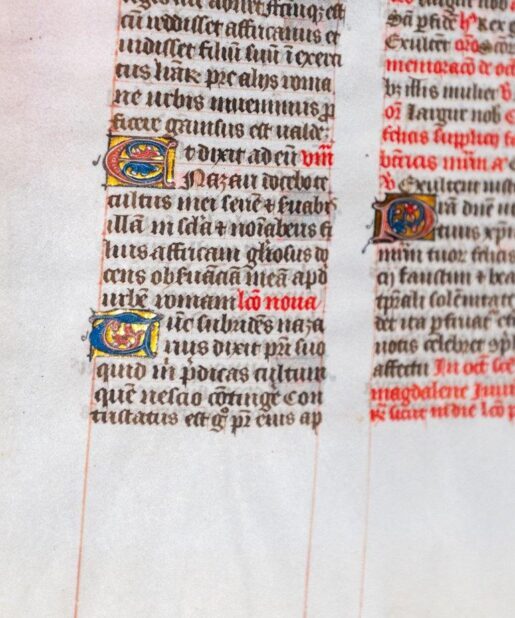
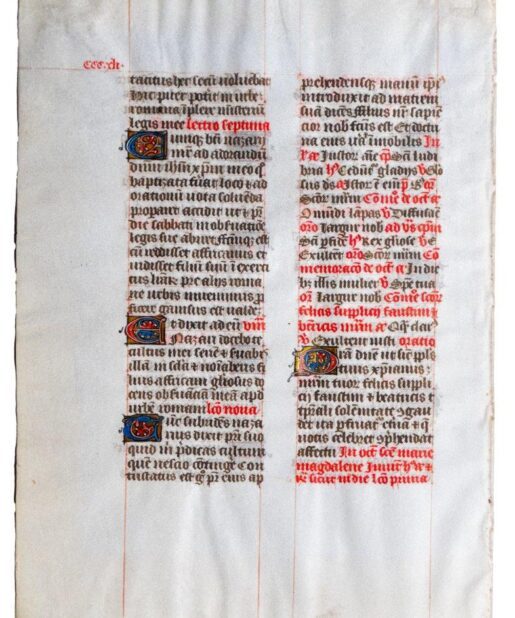
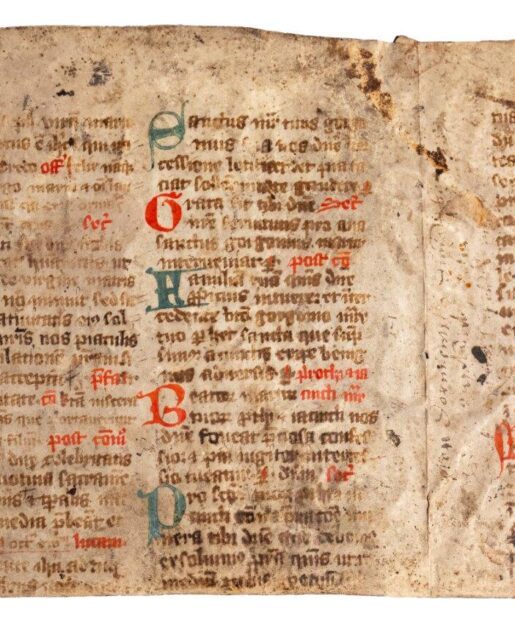
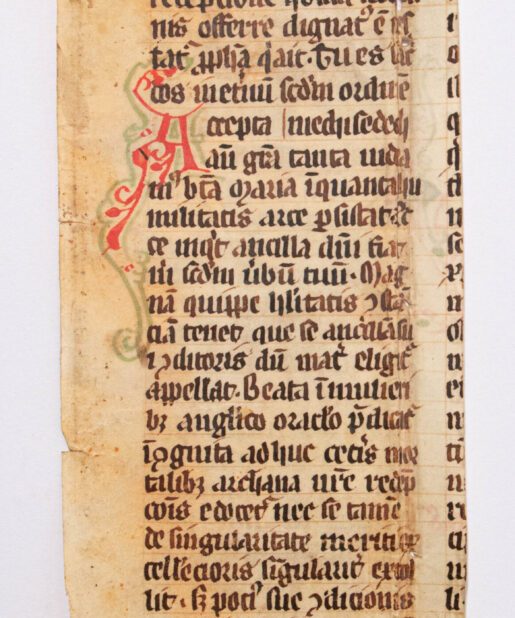
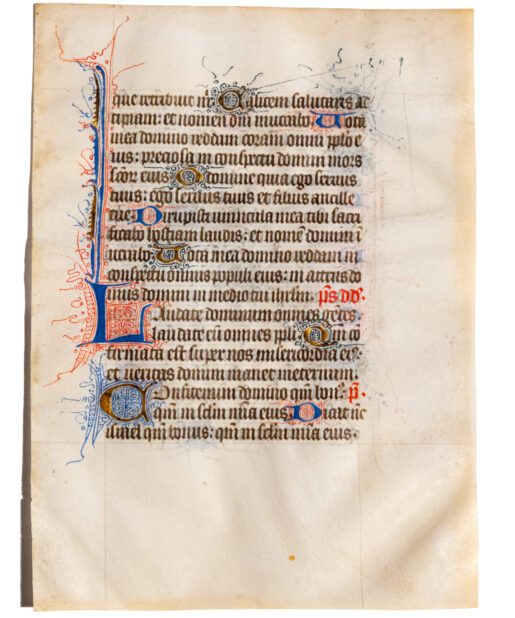
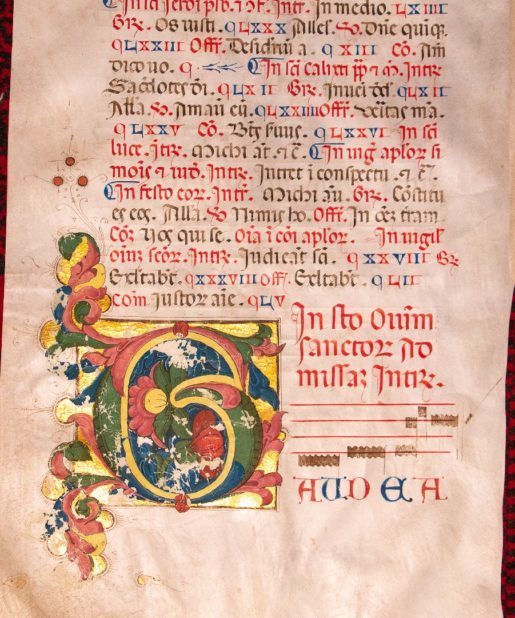
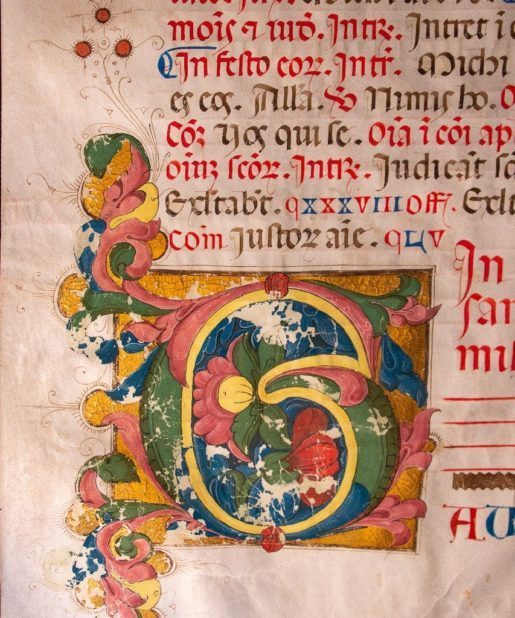
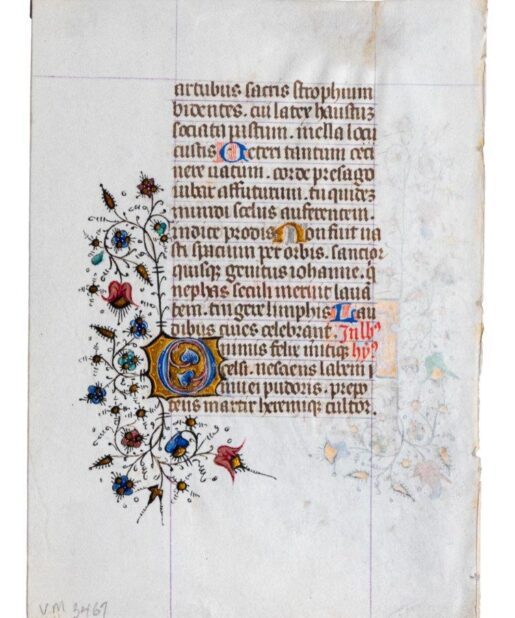
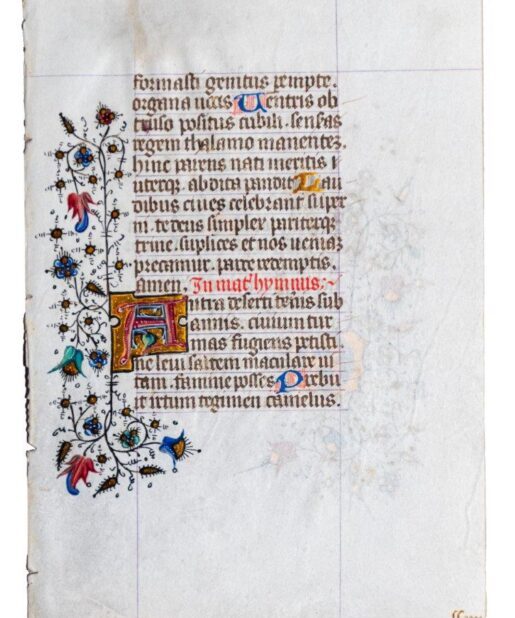

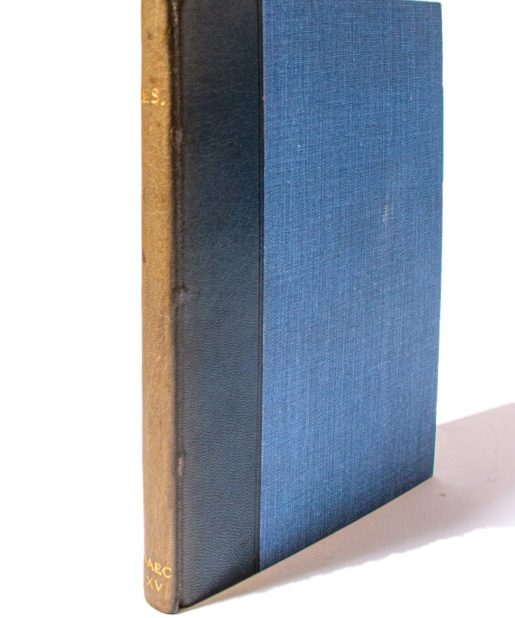

Reviews
There are no reviews yet.